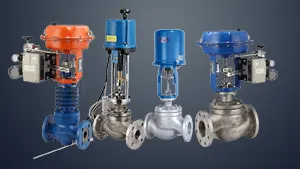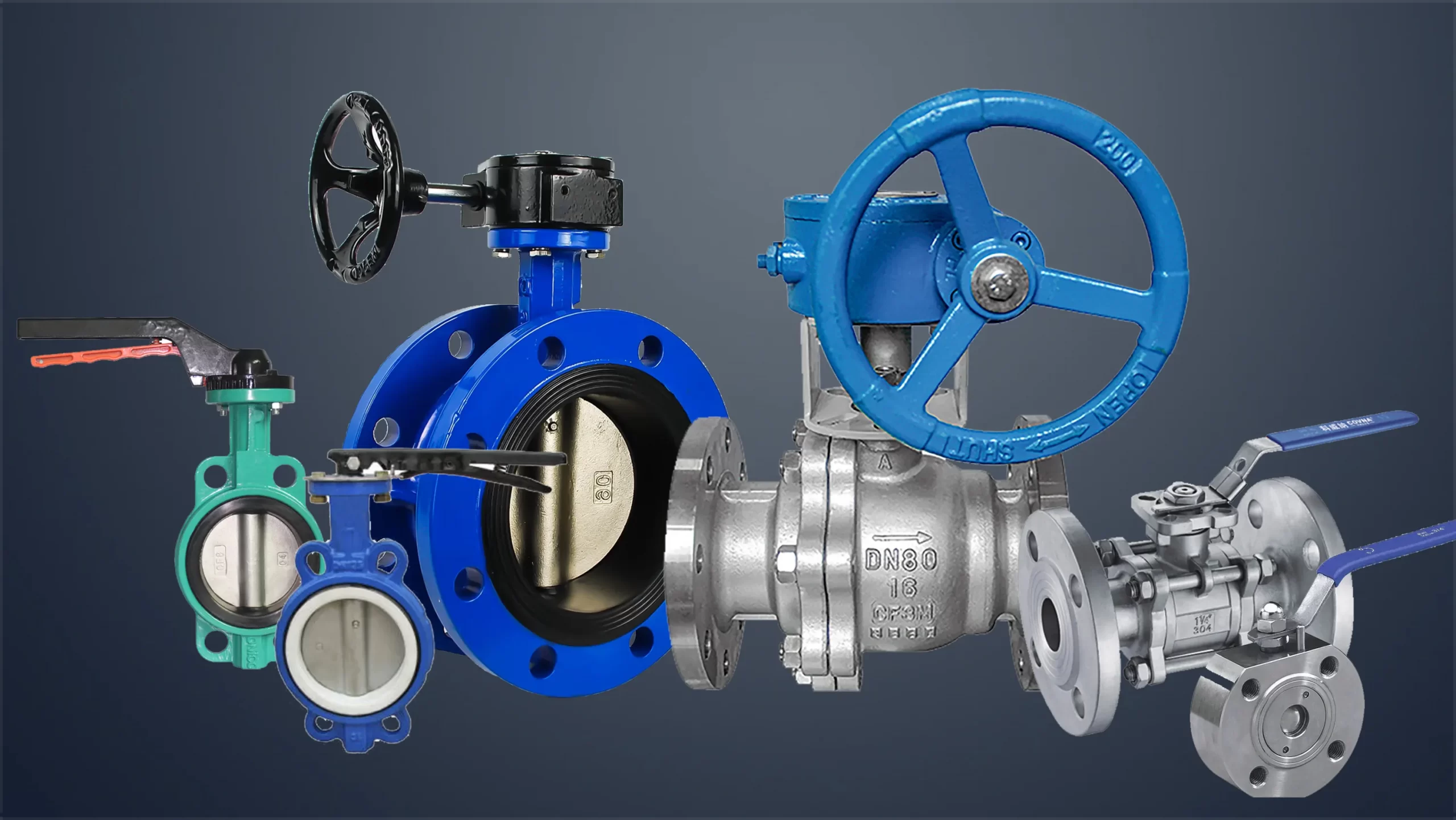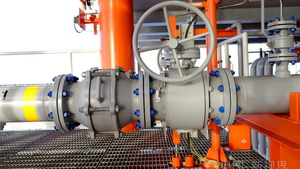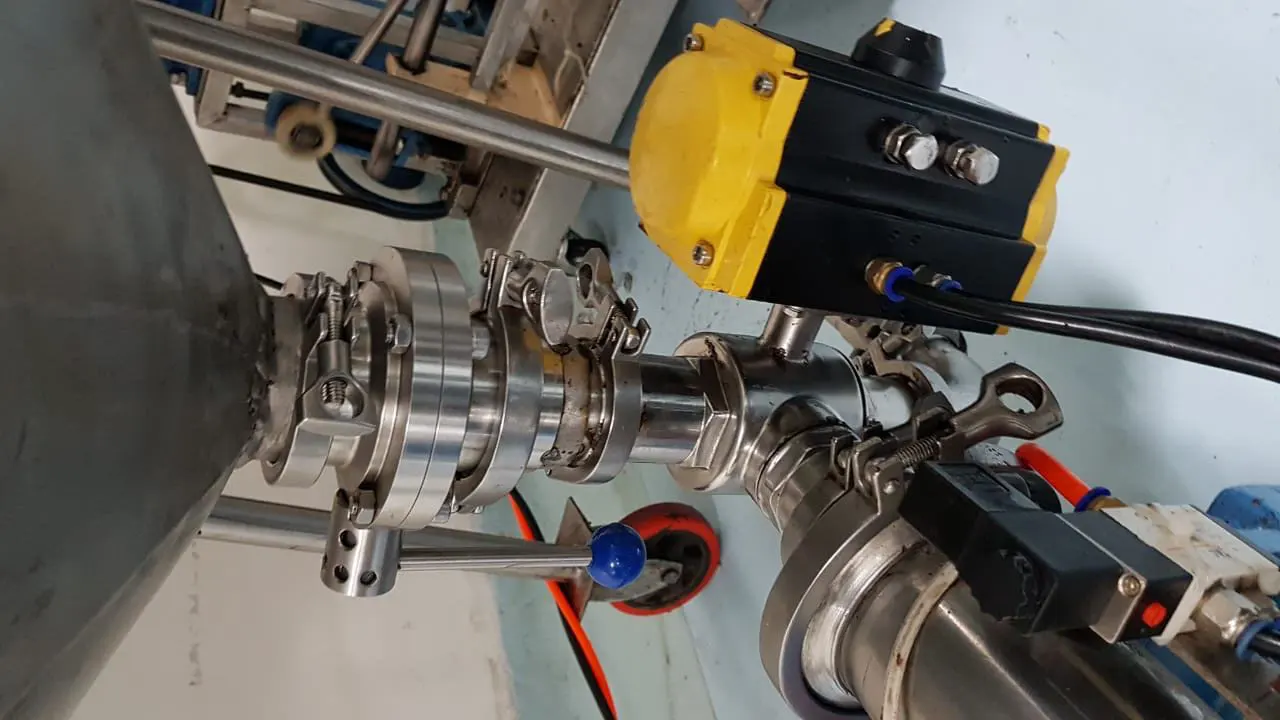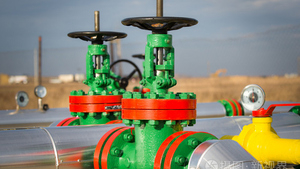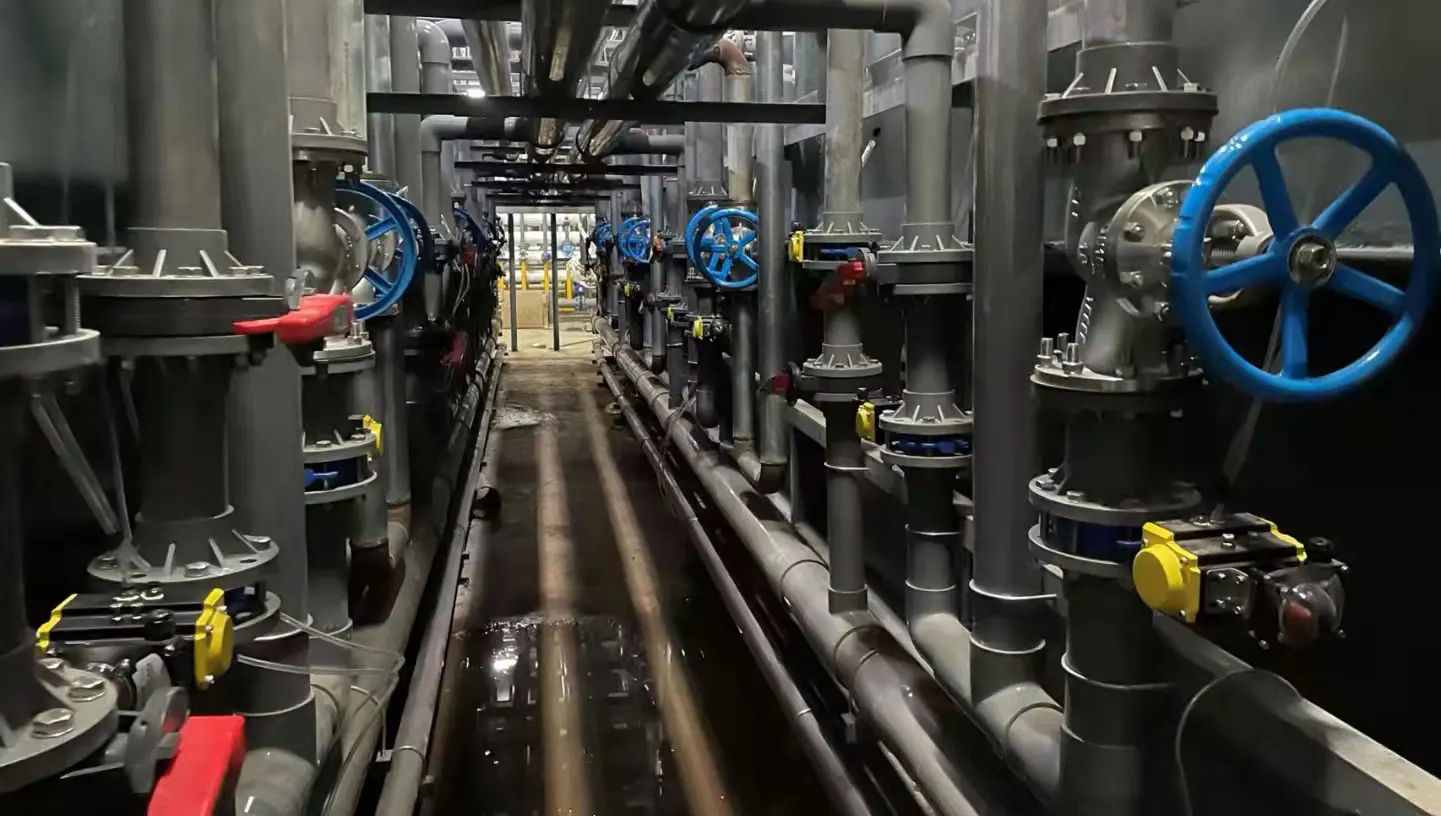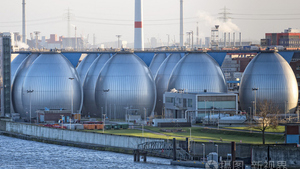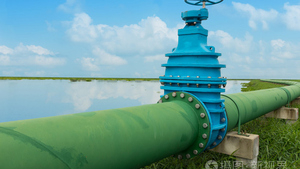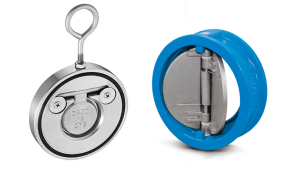The ball valve is evolved from the plug valve, which has the same lifting action of 90 degrees. The ball valve can be closed tightly with only a 90-degree rotation and a small torque. The completely equal internal cavity of the valve provides a straight flow channel with little resistance for the medium.
The main feature of the ball valve is its compact structure, easy operation and maintenance, suitable for general working media such as water, solvent, acid and natural gas, and also suitable for media with harsh working conditions, such as oxygen, hydrogen peroxide, methane and ethylene. The valve body of the ball valve can be integral or combined.
The closing part of the ball valve is a sphere, which is a valve in which the sphere rotates around the center line of the valve body to achieve opening and closing. The ball valve is mainly used to cut off, distribute and change the flow direction of the medium in the pipeline. The ball valve is a new type of valve widely used in recent years. It has many advantages, as follows:
- Has the lowest flow resistance (actually 0);
- Because it will not get stuck when working (when there is no lubricant), it can be used in corrosive media and low boiling point liquids;
- In a larger pressure and temperature range, it can achieve complete sealing;
- It can realize fast opening and closing, and the opening and closing time of some structures is only 0.05~0.1s to ensure that it can be used in the automation system of the test bench. When opening and closing the valve quickly, the operation has no impact;
- The spherical closure can be automatically positioned at the boundary position;
- When fully open and fully closed, the sealing surface of the ball and the valve seat is isolated from the medium, so the medium passing through the valve at high speed will not cause erosion of the sealing surface;
- With compact structure and light weight, it can be considered as the most reasonable valve structure for cryogenic media systems;
- The valve body is symmetrical, especially the welded valve body structure, which can withstand the pressure from the pipeline well;
- The closing piece can withstand the high pressure difference when closing;
- The ball valve with fully welded body can be directly buried in the ground, so that the internal parts of the valve are not corroded, and the maximum service life can reach 30 years. It is the most ideal valve for oil and natural gas pipelines.
According to the structure of the ball valve, it can be divided into:
1. Floating ball valve
The sphere is floating. Under the action of the medium pressure, the sphere can produce a certain displacement and press tightly on the sealing surface of the outlet end to ensure that the outlet end is sealed.
The floating ball valve has a simple structure and good sealing performance, but the load of the sphere bearing the working medium is all transmitted to the outlet sealing ring, so it is necessary to consider whether the sealing ring material can withstand the working load of the spherical medium. This structure is widely used in medium and low pressure ball valves.
2. Fixed ball valve
The sphere is fixed and does not move when pressed. The fixed ball valve is equipped with a floating valve seat. After receiving the pressure of the medium, the valve seat will move, so that the sealing ring is pressed tightly on the ball to ensure sealing. Bearings are usually installed on the upper and lower shafts of the sphere, and the operating torque is small, which is suitable for high pressure and large diameter valves.
In order to reduce the operating torque of the ball valve and increase the reliability of the seal, oil-sealed ball valves have appeared in recent years. Special lubricating oil is injected between the sealing surfaces to form an oil film, which enhances the sealing performance and reduces the operating torque. , It is more suitable for high-pressure and large-caliber ball valves.
3. Elastic ball valve
The sphere is elastic. Both the ball and the valve seat sealing ring are made of metal materials, and the sealing specific pressure is very large. The pressure of the medium itself cannot meet the sealing requirements, and external force must be applied. This valve is suitable for high temperature and high pressure media.
The elastic sphere is made by opening an elastic groove on the lower end of the inner wall of the sphere to obtain elasticity. When closing the channel, use the wedge-shaped head of the valve stem to expand the ball and press the valve seat to seal. Loosen the wedge-shaped head before rotating the sphere, and the sphere will return to its original shape, so that there is a small gap between the sphere and the valve seat, which can reduce the friction of the sealing surface and the operating torque.
Ball valves can be divided into straight-through type, three-way type and right-angle type according to their channel position. The latter two ball valves are used to distribute the medium and change the flow direction of the medium.
Its many characteristics make the ball valve has been widely used in petroleum, chemical industry, power generation, papermaking, atomic energy, aviation, rockets and other departments, as well as people’s daily life.
--- END ---
Prev : Ball Valve Introduction




